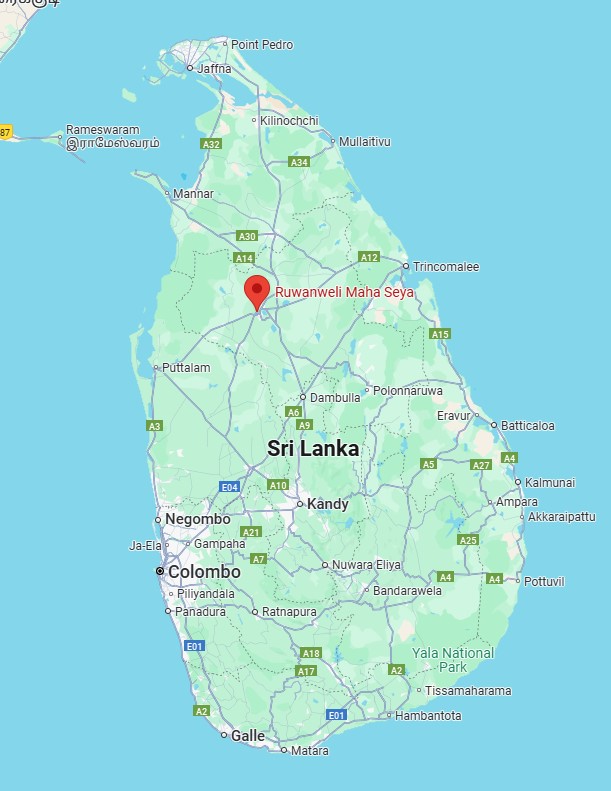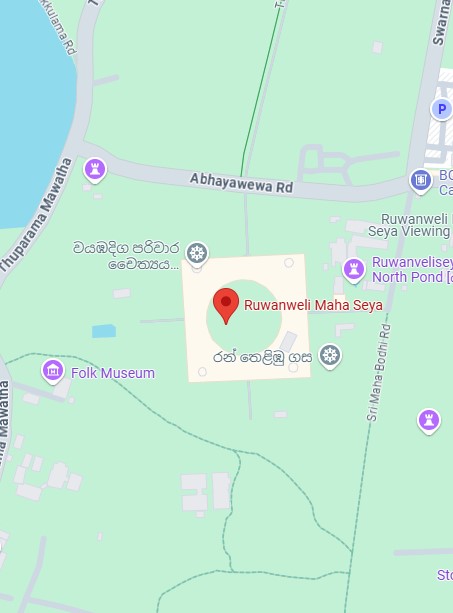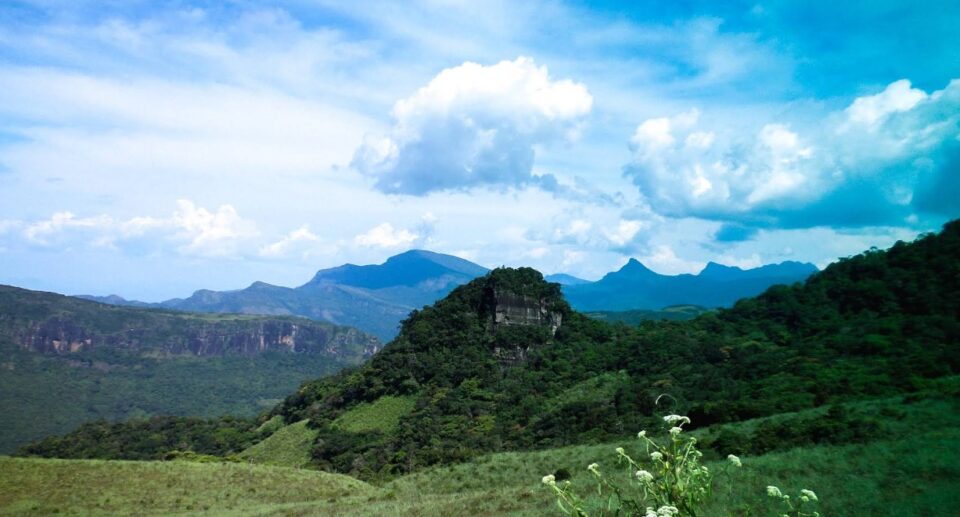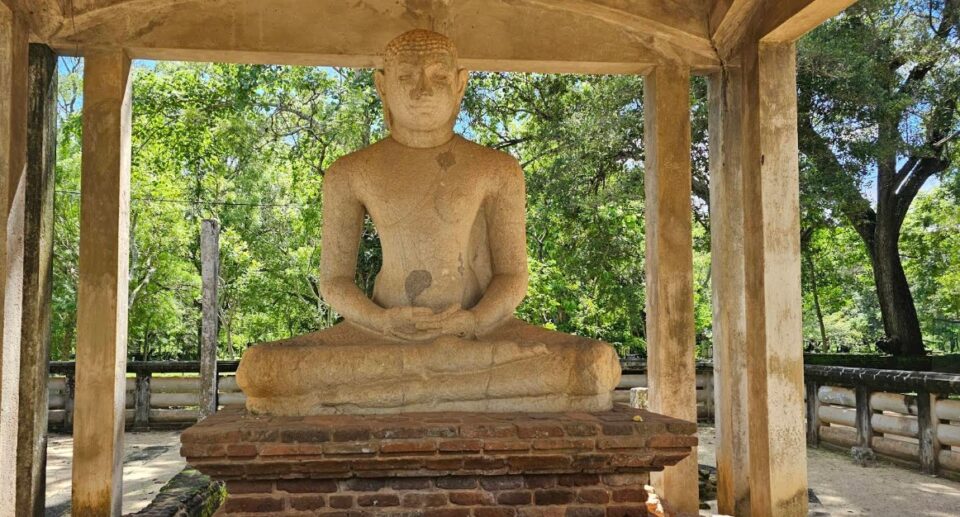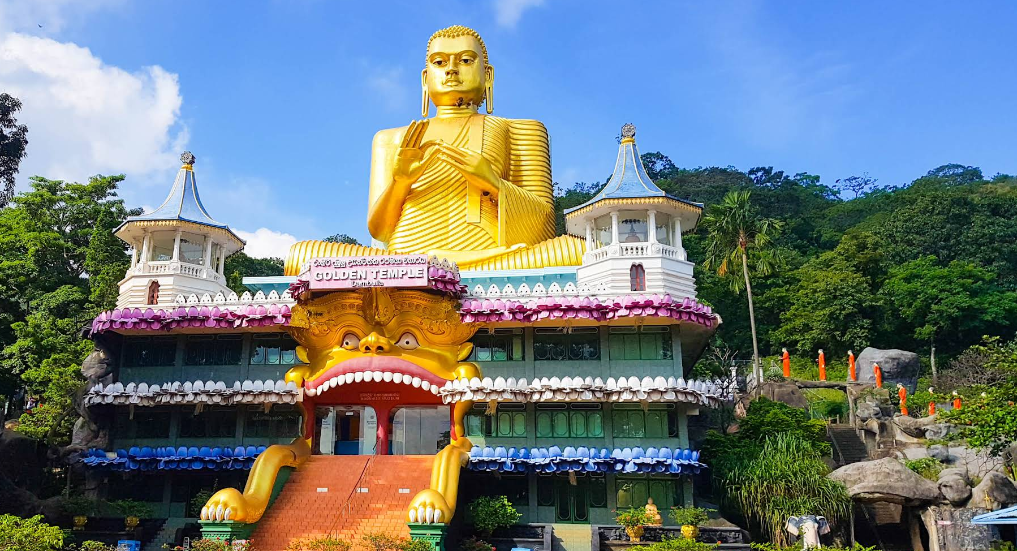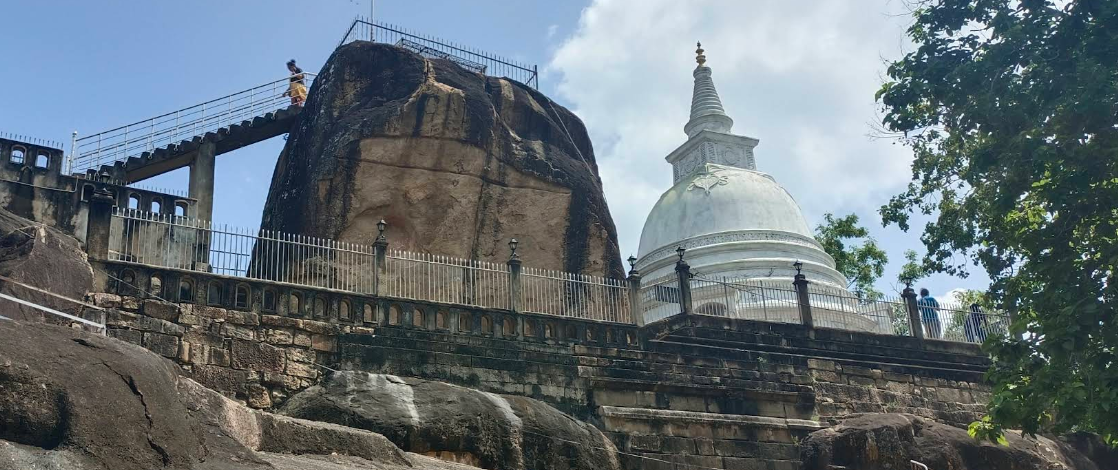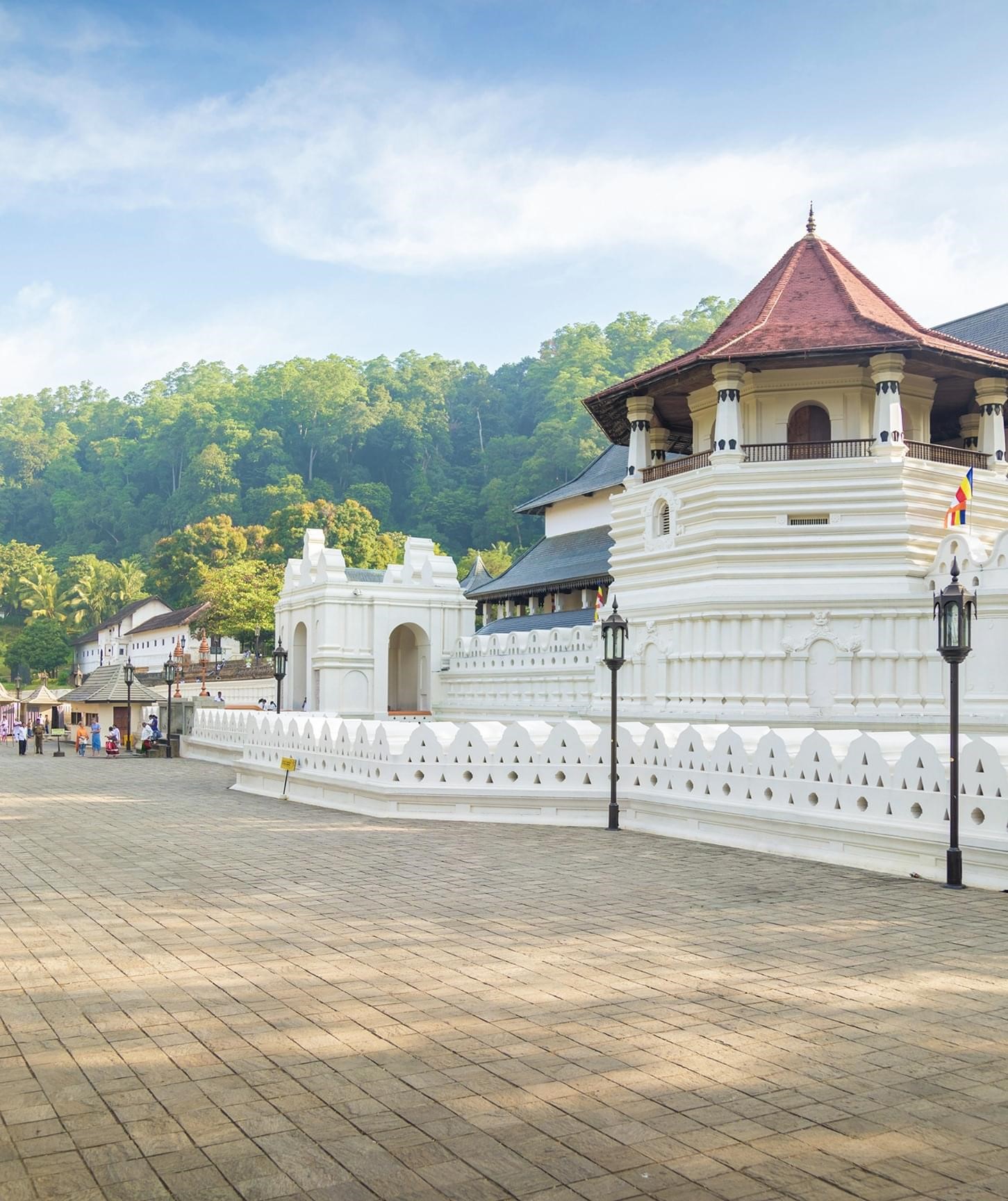Ruwanwelisaya: The Sacred Symbol of Buddhist Heritage in Sri Lanka
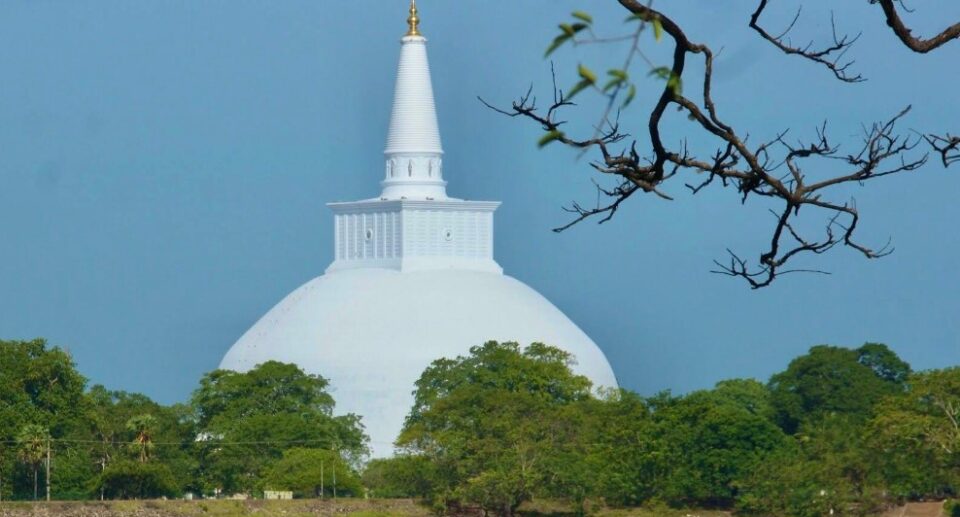
Ruwanwelisaya, or the Mahathupa, the Great Stupa, is one of the most revered and historically significant monuments in Sri Lanka. This massive stupa, located in the ancient city of Anuradhapura, stands as a witness to the island’s rich Buddhist legacy and architectural grandeur. Constructed more than 2,000 years ago, Ruwanwelisaya still remains a symbol of spiritual inspiration, national pride, and cultural identity for millions of Sri Lankans and Buddhists all over the world. This essay explores the history, architecture, religious significance, and contemporary relevance of Ruwanwelisaya.

Historical Background
Ruwanwelisaya was constructed on the instructions of King Dutugemunu, one of the most famous kings of Sri Lankan history, who reigned from 161 to 137 BCE. Dutugemunu is not just remembered for unifying the island after his victory over the South Indian Chola king Elara but also for his religious piety and religious infrastructure development. Having achieved political unity, Dutugemunu focused on religious unity, and Ruwanwelisaya was the crown jewel of his religious endeavors.
The construction of the stupa was begun during the reign of Dutugemunu but completed after his death by his brother and successor, King Saddhatissa. Despite the ill health he suffered in the latter part of his life, Dutugemunu was so dedicated to the project that he is supposed to have asked to be taken near the stupa to observe how it was getting along. His dedication to the project has immortalized him in Sri Lankan lore and Buddhist chronicles like the Mahavamsa.
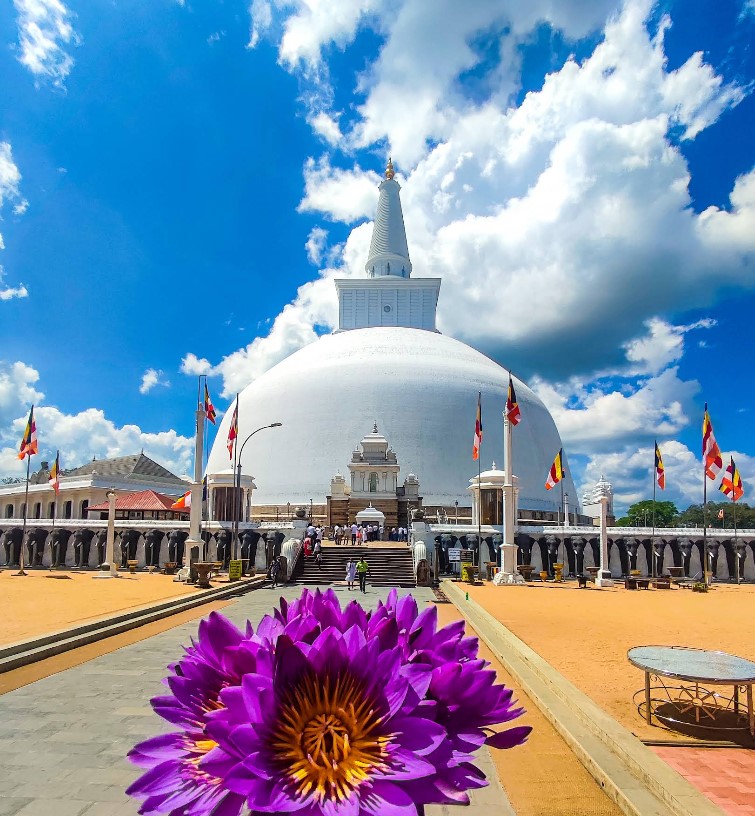
Architectural Marvel
Ruwanwelisaya is also renowned for its ambitious and enduring architecture. The stupa is built in the hemispherical shape, a “bubble dome,” symbolizing the boundless universe in Buddhist lore. The monument was originally around 55 meters tall, but later restorations raised it to the current height of approximately 103 meters (338 feet), making it one of the tallest ancient monuments globally.
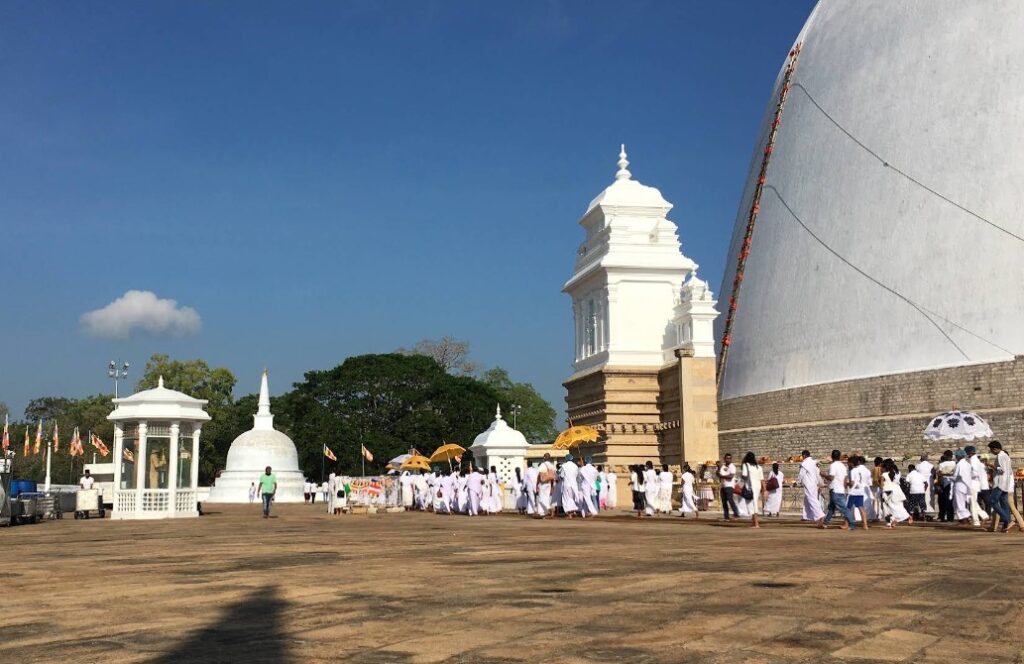
The base circumference exceeds 290 meters (950 feet), and the stupa is surrounded by a platform and a wall with a decorative frieze of beautifully carved elephants that appear to be holding up the structure. The wall is not simply decorative but also symbolic of strength and protection.
The apex or “kotha” tops the stupa, at times adorned with a precious stone or crystal, to mark the stupa’s connection to the divine. The stupa is covered in glossy white plaster, which contributes to its ethereal aura and reflects light beautifully, especially during dawn and dusk.
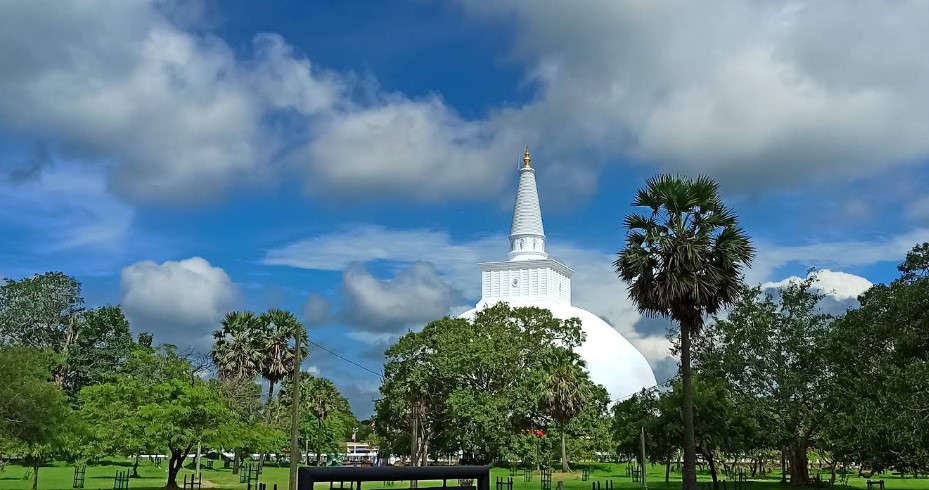
Religious and Cultural Significance
Ruwanwelisaya is not just an architectural wonder but a place of immense spiritual significance. It is supposed to have sacred relics of the Buddha, including his collarbone and a large quantity of other body relics. The stupa houses relics in a special chamber deep within its dome, as per Buddhist custom, and hence it is a major pilgrimage site.
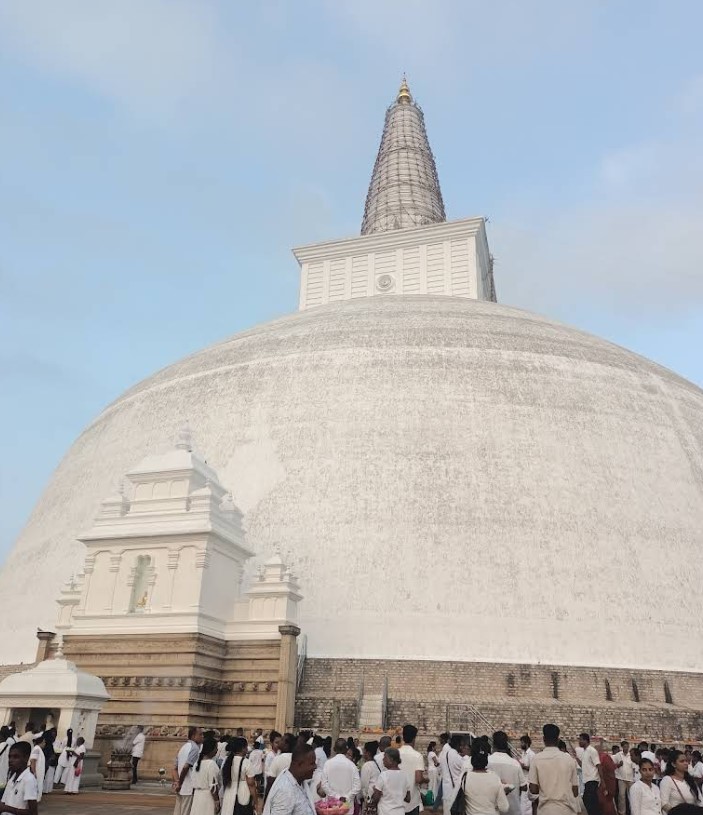
It is a meritorious act for practicing Buddhists to visit Ruwanwelisaya. Pilgrims from all over Sri Lanka and other Buddhist countries visit the location to offer prayers, flowers, and lighted oil lamps. The location attracts tens of thousands of worshippers during Buddhist religious festivals like Poson Poya—the introduction of Buddhism to Sri Lanka—with Ruwanwelisaya being a center of activity during the festival.
Moreover, the stupa is at the center of monastic and lay Buddhist life. Monk-led rituals, chanting, and sermons are typically conducted around the stupa, fostering spiritual practice and learning among the masses. The serene and powerful atmosphere of the location calls for meditation and reflection.
Preservation and Restoration
Ruwanwelisaya was forsaken through the centuries, especially during the periods of foreign invasions and colonial rule. Anuradhapura, the sacred city, ceased to be a capital city in the 11th century, and the majority of its monuments, including Ruwanwelisaya, were allowed to remain in ruins.

Yet during the 19th and 20th centuries, there was a revival of interest in reviving Sri Lanka’s Buddhist heritage from ancient times. The Ruwanwelisaya Restoration Society, established in the early 20th century, was responsible for the restoration of the stupa to its former glory. Through funds contributed by the government and the public, the edifice was repaired, re-plastered, and re-sanctified. It stands today as a restored testament to Buddhist architecture and devotion.
Ongoing conservation work is directed by the Department of Archaeology and Buddhist clergy to protect the monument from environmental deterioration and human encroachment. Modern conservation techniques are blended with traditional techniques to maintain the site’s authenticity.

Symbol of National Identity
For Sri Lankans, Ruwanwelisaya is not just a religious edifice but a symbol of national pride and identity. It represents the ancient civilization of the island, its Buddhist heritage that spans centuries, and its survival through centuries of change. The image of the stupa is utilized in cultural and national symbols—on stamps, coins, school textbooks, and tourist advertisements.

Ruwanwelisaya also holds political symbolic meaning. It represents unity because King Dutugemunu unified the country. The stupa is called upon from time to time in contemporary Sri Lankan discourse as a reminder of the country’s cultural roots and the importance of safeguarding its heritage from contemporary threats.

Tourism and Economic Impact
Ruwanwelisaya is a major source of attraction for both local and international tourists. Along with the other ancient sites in Anuradhapura, it contributes considerably to the tourism sector of Sri Lanka. Visitors typically have the ancient city on their tour itineraries, drawn by its religious significance, historical relevance, and UNESCO World Heritage status.
The tourist activity converts into economic benefits to the local people in terms of increased accommodation and food demand, as well as employment opportunities in tour guiding and transportation. This also needs careful management so that tourism does not disrupt the monument’s sanctity or physical essence.
Contemporary Relevance
In an era of frenzied modernization, Ruwanwelisaya continues to be relevant as a place of religious pilgrimage and a cultural icon. It reminds humankind of the values of peace, loving-kindness, and mindfulness taught by the Buddha. In times of social or political crisis, the stupa functions as an integrating symbol and a source of continuity, anchoring the nation to its timeless spiritual heritage.
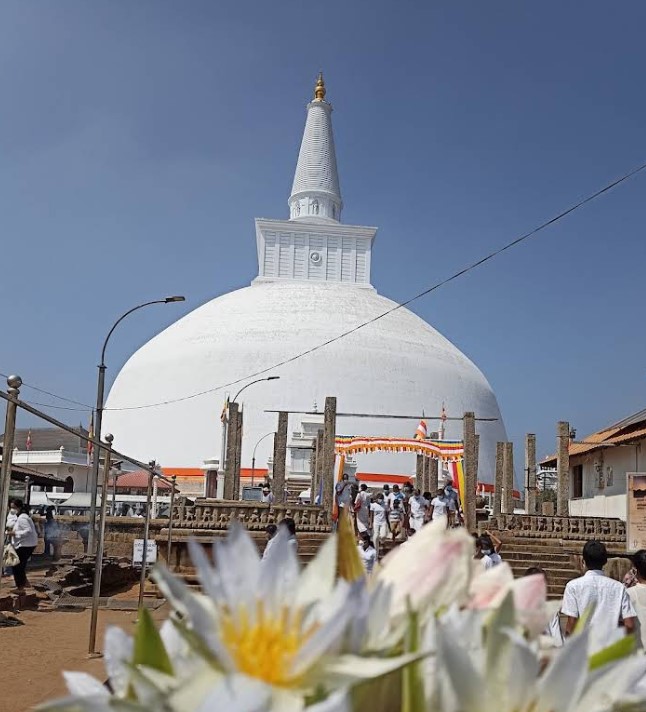
Digital technologies and media have made Ruwanwelisaya even more accessible. Virtual tours, documentaries, and educational shows are some of the means by which knowledge of its importance is transmitted, especially to the younger generations who may otherwise be unaware of the rich history surrounding such monuments.
Ruwanwelisaya is more than a two-thousand-year-old brick and plaster monument; it is a living monument of Sri Lanka’s spiritual soul and cultural heritage. Built by a pious monarch two millennia ago, it continues to inspire devotion, attract pilgrims, and astound historians and tourists alike. Its timeless beauty, spiritual sanctity, and national symbolism make it one of the most venerated landmarks in Sri Lanka.
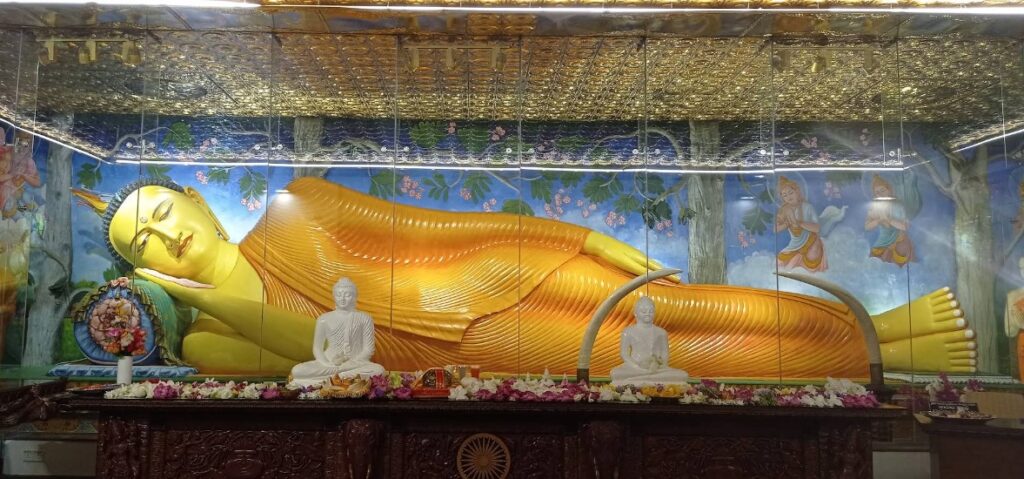
Looking to the future, the preservation of Ruwanwelisaya is not just the maintenance of a historical monument but a tribute to the ideals it represents: unity, devotion, resilience, and peace. In doing so, we can ensure that this sacred stupa will keep illuminating the hearts of future generations.
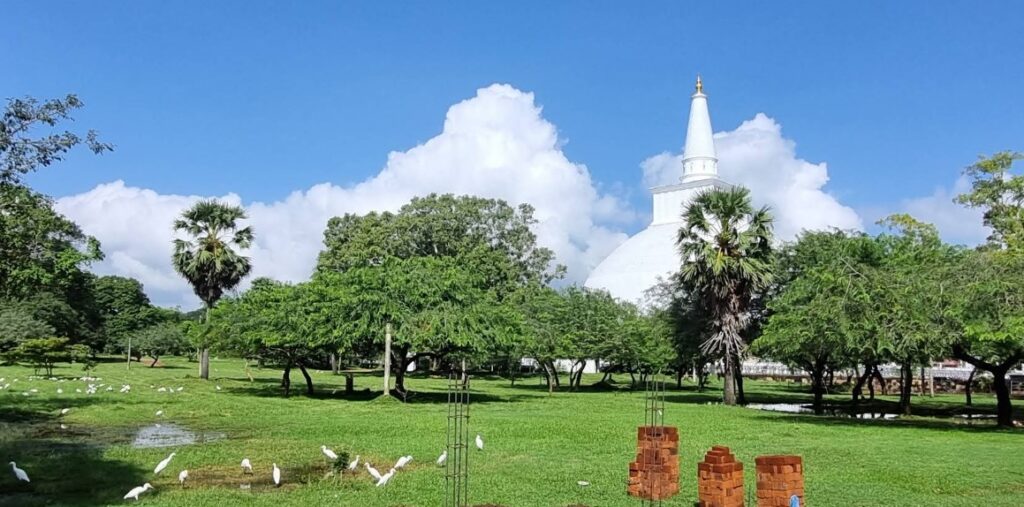
Ruwanwelisaya is located in Anuradhapura, in the North Central Province of Sri Lanka. It is part of the Sacred City of Anuradhapura, a UNESCO World Heritage Site.
From Colombo to Ruwanwelisaya
By Car (Private Vehicle or Taxi)
- Distance: ~205 km
- Duration: ~4 to 5 hours
- Route: Colombo → Negombo → Kurunegala → Dambulla → Anuradhapura
- Road Conditions: Mostly good, well-paved roads
- Tips: Use Google Maps or hire a local driver for convenience.
By Train
- Train Route: Colombo Fort ➝ Anuradhapura
- Duration: ~4.5 to 6 hours
- Train Types: Intercity, Express, and Regular
- Station: Get off at Anuradhapura Railway Station
- From Station to Ruwanwelisaya:
- Take a tuk-tuk (3-wheeler) or taxi (~10–15 minutes)
By Bus
- From: Colombo Central Bus Stand (Pettah)
- To: Anuradhapura Main Bus Stand
- Duration: ~5 to 6 hours
- Bus Type: AC express buses and normal local buses available
- From Bus Stand to Ruwanwelisaya: Take a tuk-tuk (~Rs. 200–300)
By Air (Fastest, Most Expensive Option)
- Domestic Flights: From Ratmalana (Colombo) to Anuradhapura Airport (limited availability)
- Travel Time: ~1 hour flight + 20-minute drive
- Useful for: Business travelers or those with limited time
By Tuk-Tuk or Scooter (For Adventurers)
You can rent a tuk-tuk or motorbike from Kandy, Dambulla, or even Colombo.
- Travel Time: Depends on start point (e.g., from Dambulla ~2 hours)
- Requirements: Local or international driving permit
Best Time to Visit
- Early Morning or Evening: Cooler temperatures and beautiful lighting.
- Poya Days (Full Moon): Sacred and busy—great spiritual atmosphere, but very crowded.
